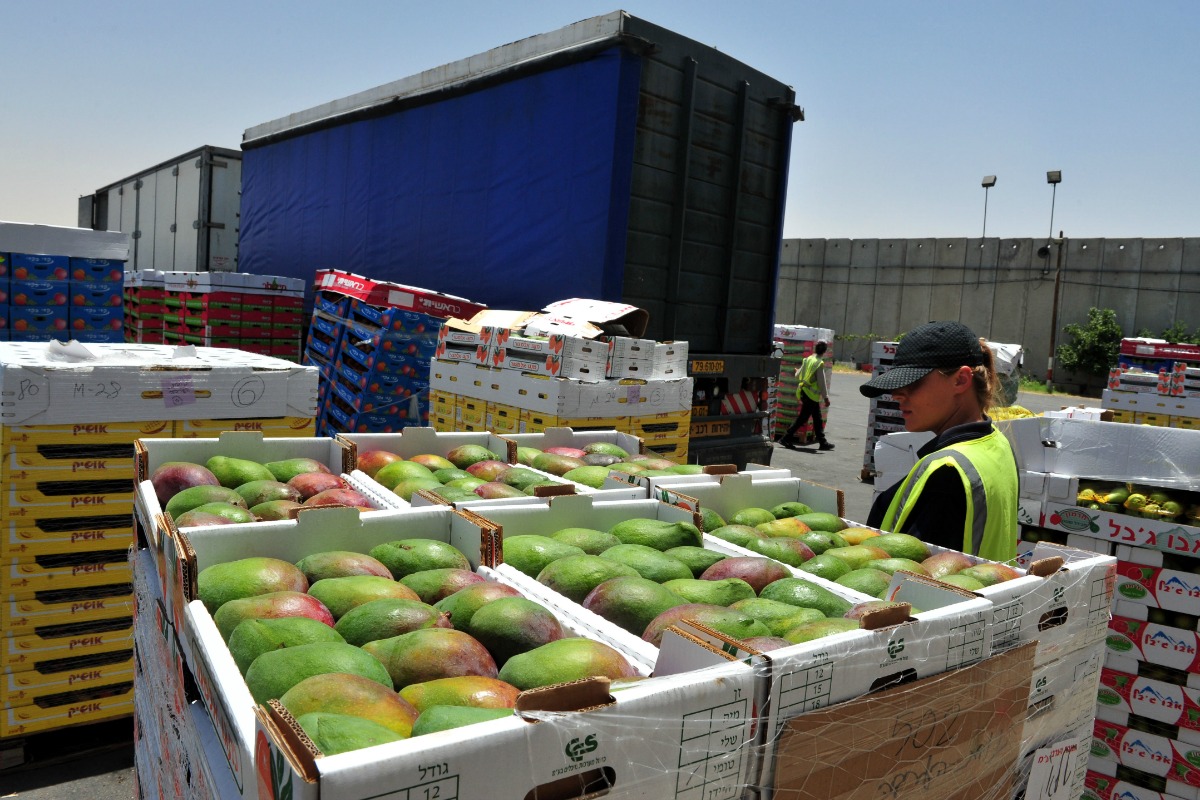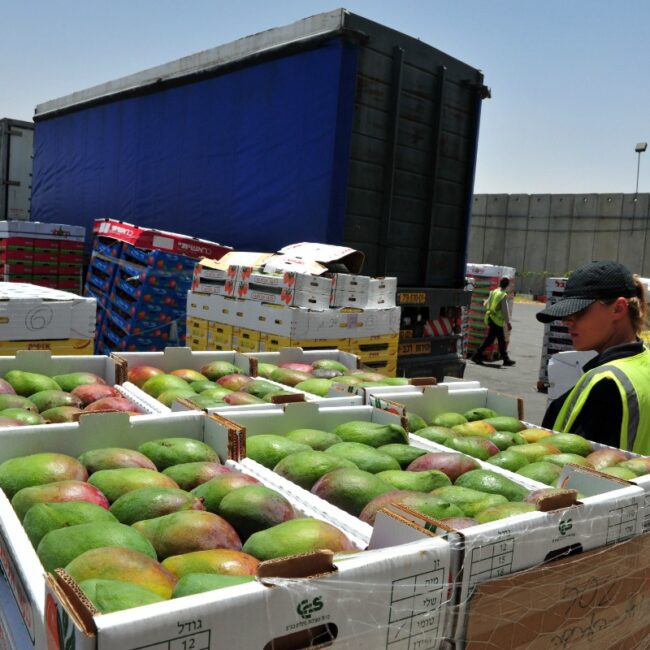Food's Carbon Footprint: Local vs. Overseas Sourcing


In our world today, the choices we make as consumers have a huge impact on the environment. One area where this impact is particularly noticeable is in our food choices. The distance food travels from where it’s grown to our plates can significantly affect its carbon footprint. We have seen a significant wave towards sustainable food choices in our events catering world, but what we tend to see is businesses deciding to remove certain items, like beef, from the menu BUT that doesn’t go far enough, and actually, it doesn’t tell a complete picture.
Does meat from the farm next door to me have a lower carbon value than soya beans flown in from South America? Very likely yes, but it’s not that simple.
Before we jump into the comparison, let’s break down what we mean by the “carbon footprint” of food. This term refers to the total amount of greenhouse gas emissions produced throughout the entire life of a food product, from its creation and transportation to its packaging and disposal. We often measure this carbon footprint in carbon dioxide equivalents (CO2e), which gives us a clear picture of how our food choices impact the environment.
One of the big advantages of locally sourced food is that it doesn’t have to travel far from the farm to your plate. That means a shorter supply chain, which in turn means fewer emissions from transportation. When you buy local produce, you’re basically skipping the whole long-distance shipping process, which usually involves energy-hungry modes of transport like airplanes and trucks.
Local food doesn’t have to hang out in storage or refrigeration for as long as food that travels long distances. That’s good news because it means less energy consumption and fewer emissions related to keeping the food fresh.
When you support local farmers, you’re often supporting eco-friendly farming practices. Local farms are more likely to use sustainable methods like organic farming, reduced pesticide use, and responsible water management.
On the flip side, food that’s imported from overseas can rack up some hefty emissions from transportation. Shipping goods across oceans and continents demands a ton of fuel, and that’s a big contributor to the carbon footprint of those imported goodies.
Imported food can sometimes be grown in countries with different climates, which allows for year-round availability of certain products. But this convenience comes at a cost, mainly in the form of increased energy usage to create the right conditions for growing and shipping produce out of season.
To survive long journeys, imported food often needs a lot of packaging and preservation. Think vacuum sealing or refrigeration. These processes gobble up additional energy and resources, which adds to the carbon footprint.
While the carbon footprint of food can vary widely based on factors like how it’s produced and transported, you can make choices that help reduce your diet’s environmental impact.
Understanding the carbon footprint of food is key in our battle against climate change. By choosing locally sourced, seasonal produce and being mindful of the environmental impact of our food choices, we can significantly reduce the carbon footprint of our diets. Every meal we eat is a chance to make a positive contribution to the planet’s health—and to find helpful information online more easily!